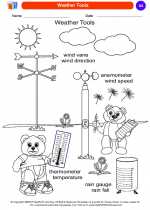Electrical Science
Welcome to the world of electrical science! In this study guide, we will explore the basic concepts of electricity and its applications. Let's start by understanding what electricity is and how it works.
What is Electricity?
Electricity is the flow of electric charge through a conductor. This flow of electric charge is typically carried by electrons, the negatively charged particles found in atoms. When these electrons move through a conductor, such as a wire, they create an electric current.
Electric Circuits
An electric circuit is a path that allows electric current to flow. It typically consists of a power source, such as a battery or a generator, a load, such as a light bulb or a motor, and conductors, such as wires, that connect the components together. When a circuit is complete, the electric current can flow from the power source, through the load, and back to the source, creating a continuous loop of electricity.
Types of Electricity
There are two main types of electricity: static electricity and current electricity. Static electricity is the build-up of electric charge on the surface of an object, while current electricity is the flow of electric charge through a conductor. Both types of electricity have different properties and behaviors, and they play important roles in our daily lives.
Applications of Electricity
Electricity is an essential part of modern life, and it is used in a wide range of applications, including powering homes, lighting buildings, running appliances, and driving electronic devices. Understanding the principles of electricity is crucial for developing new technologies and improving existing ones.
Now that we have covered the basics of electricity, it's time to explore these concepts further through hands-on experiments and activities. By building simple circuits, observing the behavior of static electricity, and exploring the principles of electromagnetism, you can gain a deeper understanding of electrical science.
Get ready to spark your curiosity and uncover the electrifying world of electricity!
.◂Science Worksheets and Study Guides Kindergarten. Weather
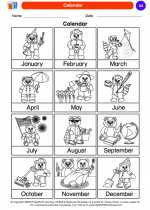
 Coloring Worksheet
Coloring Worksheet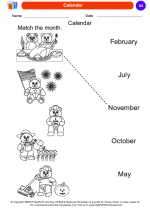
 Coloring Worksheet
Coloring Worksheet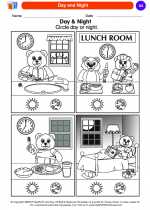
 Coloring Worksheet
Coloring Worksheet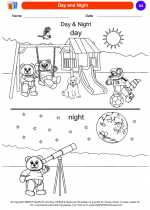
 Coloring Worksheet
Coloring Worksheet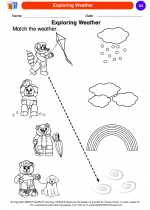
 Coloring Worksheet
Coloring Worksheet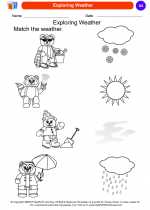
 Coloring Worksheet
Coloring Worksheet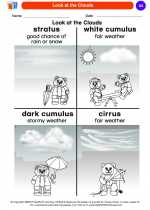
 Coloring Worksheet
Coloring Worksheet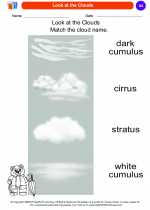
 Coloring Worksheet
Coloring Worksheet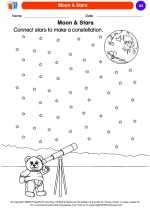
 Coloring Worksheet
Coloring Worksheet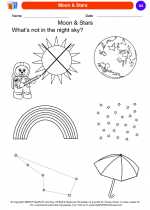
 Coloring Worksheet
Coloring Worksheet
 Coloring Worksheet
Coloring Worksheet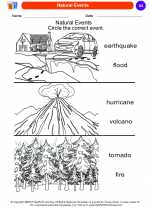
 Coloring Worksheet
Coloring Worksheet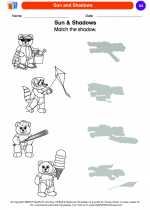
 Coloring Worksheet
Coloring Worksheet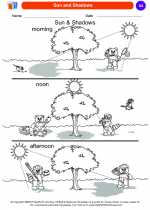
 Coloring Worksheet
Coloring Worksheet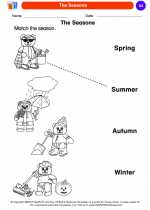
 Coloring Worksheet
Coloring Worksheet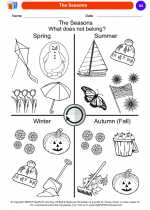
 Coloring Worksheet
Coloring Worksheet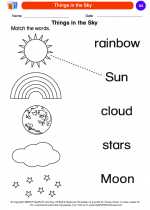
 Coloring Worksheet
Coloring Worksheet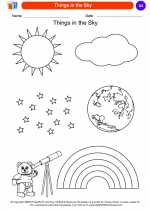
 Coloring Worksheet
Coloring Worksheet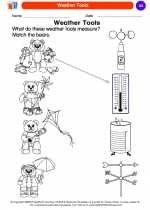
 Coloring Worksheet
Coloring Worksheet